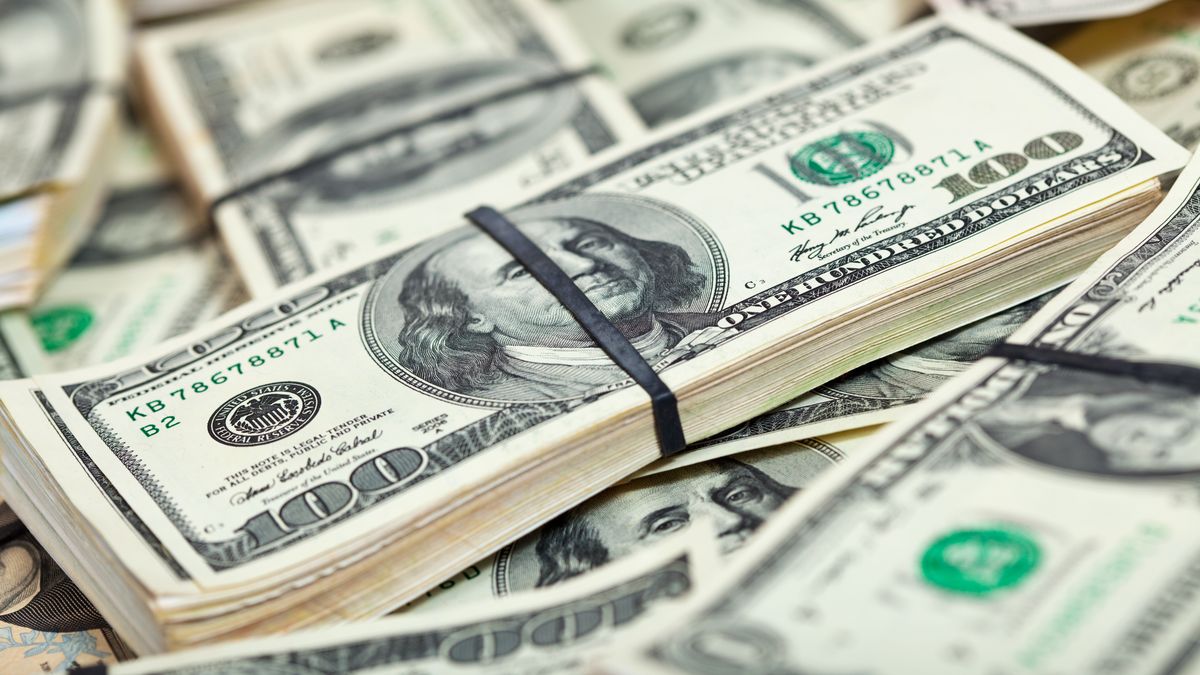“The CCL moved quite a bit based on the wink that the market gave Sergio Massa (Minister of Economy) and the lower volatility of emerging markets in terms of capital flows. After the overshoot July decompressed based on expectation and confidence. But the rate of inflation that we have is going to continue to put strong pressure on the financial dollar if there are no concrete measures in the fiscal and monetary spheres”, said to Ambit the Head of Research of Inviu, Diego Martinez Burzaco.
Meanwhile, the MEP dollar -also valued with the Global 2030-, fell 75 cents this Wednesday (-0.3%) to $283.08 and recorded its second rise in a row. In this way, the spread with the official stood at 104.1%. Also, in August the MEP fell 2.3% or $6.4 compared to the previous month.
The parallel dollar fell this Wednesday $1 to $291, its lowest price in almost a month, after cutting a streak of three losses in a row on Monday. Meanwhile, the gap with the official wholesale exchange rate was reduced to 110%, the lowest level since the beginning of July.
During August, the blue dollar fell $1 after ending July at $296. Let us remember that in the seventh month of the year, the parallel dollar it had climbed $58 (+24.4%), which represents its biggest monthly advance in the year so far.
official dollar
The savings dollar or solidarity dollar -which includes 30% of the COUNTRY tax and the deductible 35% of Income and Personal Property Tax- rose 25 cents to $240.52. During the eighth month of the year, it posted an advance of $12.94 or 5.7%.
The tourist dollar or card -retailer plus COUNTRY Tax, and a perception of 45% deductible from Income Tax and Personal Assets- advanced 25 cents to $255.08. During August, it registered an increase of $13.72 or 5.7%.
“The pace of foreign exchange purchases is insufficient to meet one of the goals set with the IMF. Net reserves stand at 1.6 billion dollars and the goal is to reach 6.1 billion by September 30,” said analyst Ignacio Morales of Wise.
“It is estimated that during August the liquidation of foreign currency by agro-export companies will reach 3.1 billion dollars, well below the Government’s aspiration when implementing the ‘soy dollar’. The authorities dreamed of some 4.5 billion,” he added.
Analysts expect the government to launch measures aimed at restricting imports, mechanisms to lighten the liquidation of agriculture and take care of the scarce BCRA reserves. In this context, operators do not rule out that the BCRA accelerates the rate of devaluation from September in the face of inflation that is projected to be above 90% by 2022.
However, the Secretary of Economic Programming, Gabriel Rubinstein, denied rumors about an abrupt change in the market exchange from Thursday. “I assure you 100% that there will be no devaluation, at least not this Thursday,” the official said Monday through audio broadcast by local media.
Source: Ambito
David William is a talented author who has made a name for himself in the world of writing. He is a professional author who writes on a wide range of topics, from general interest to opinion news. David is currently working as a writer at 24 hours worlds where he brings his unique perspective and in-depth research to his articles, making them both informative and engaging.




